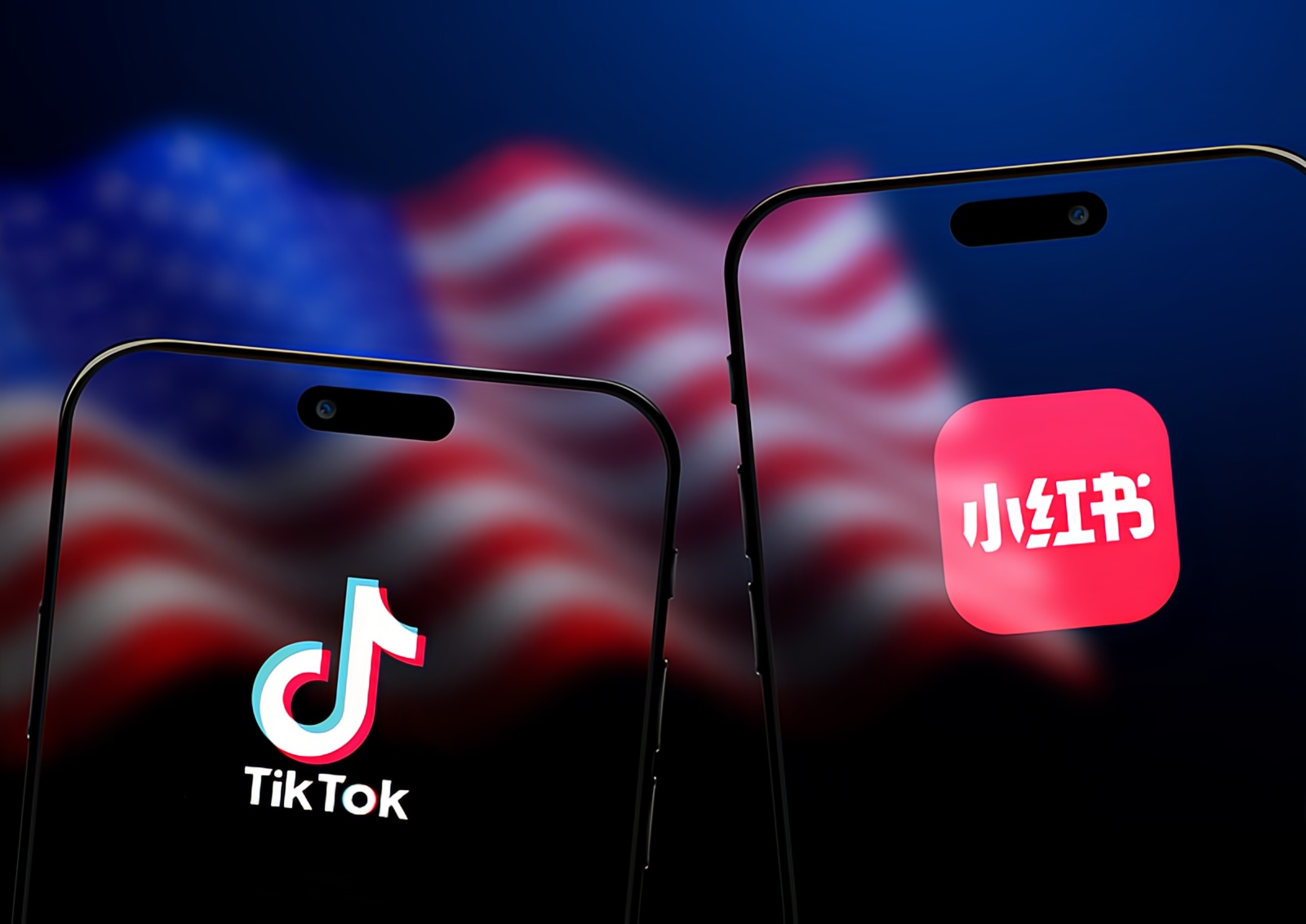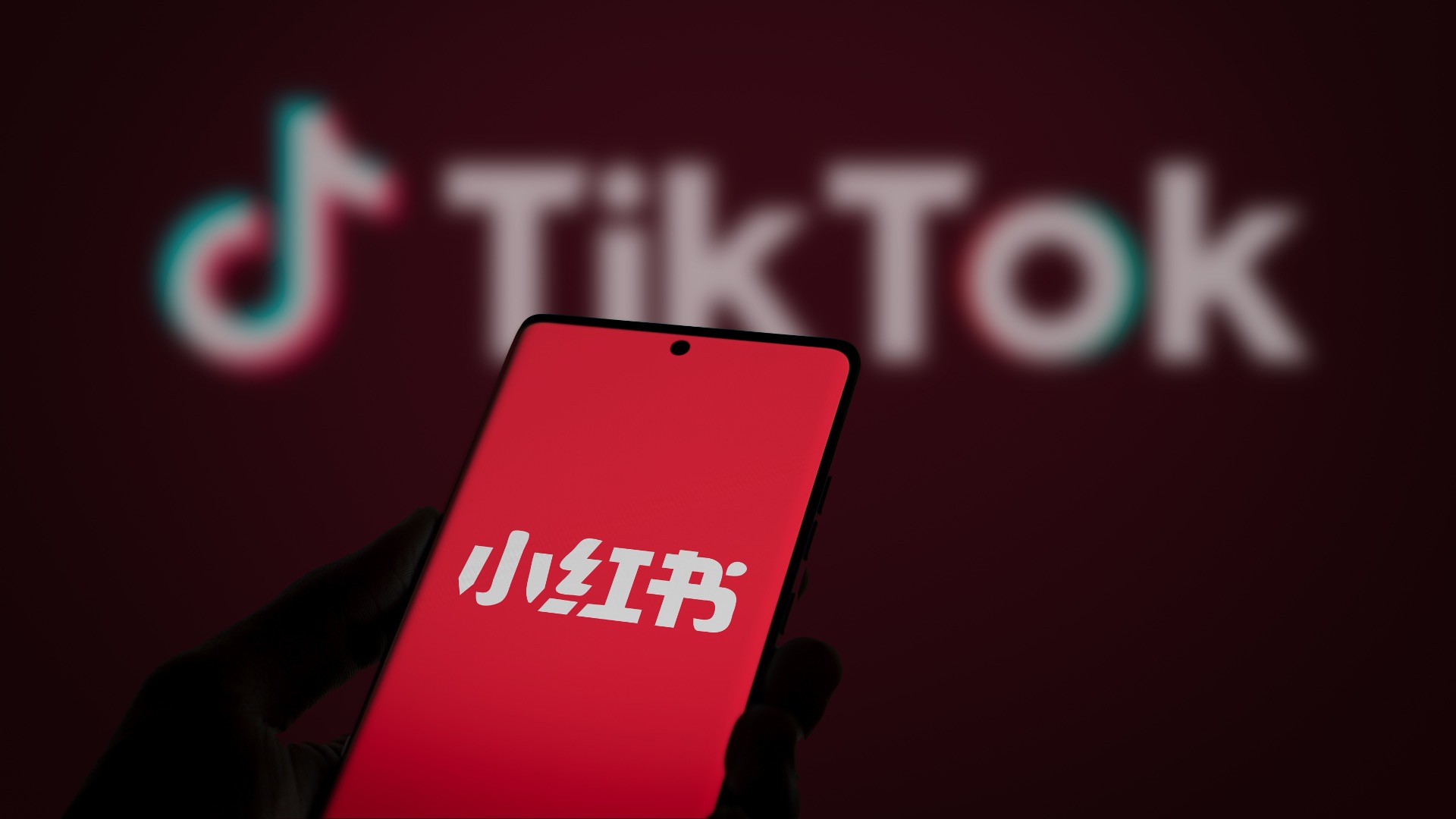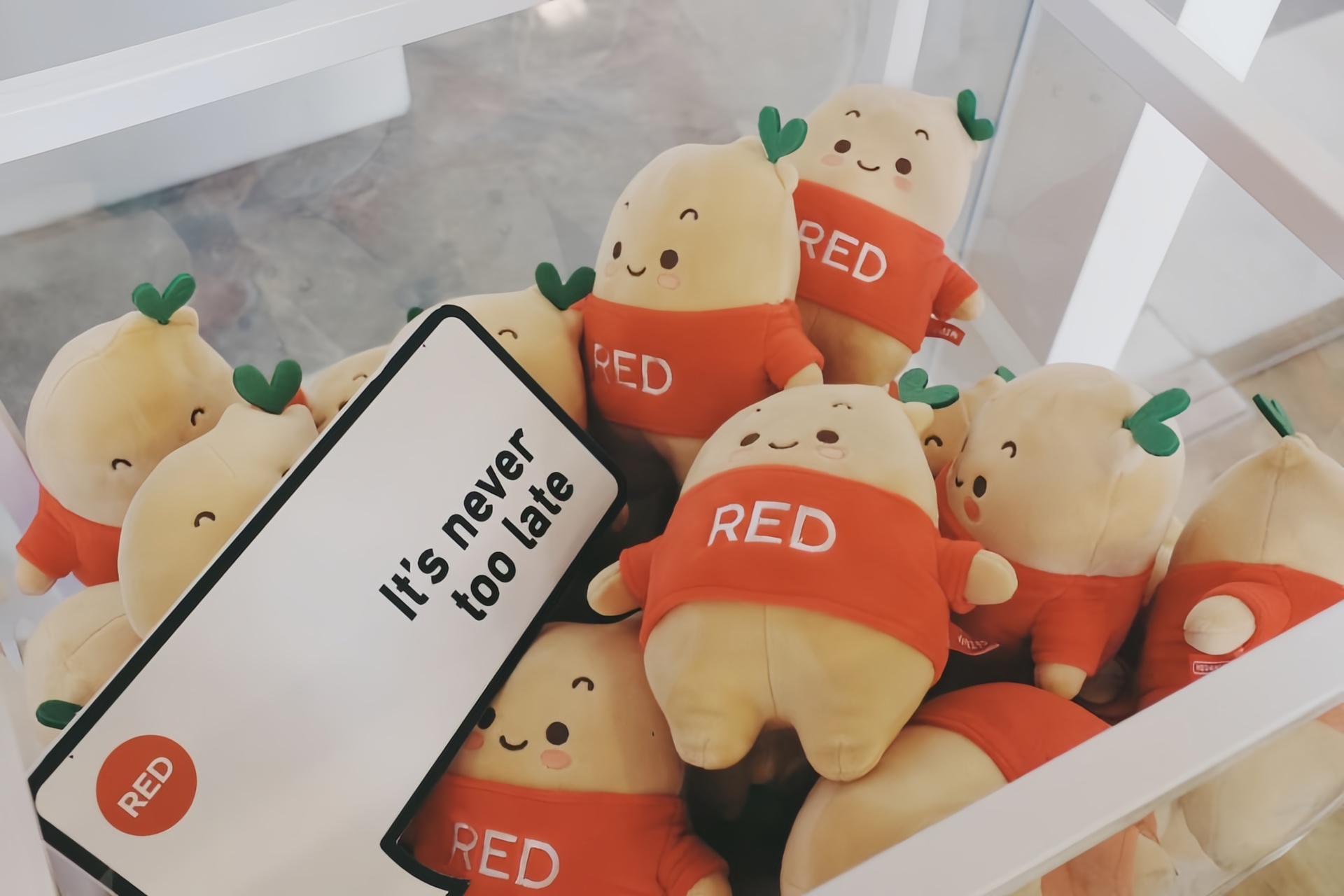

Once China’s ‘best kept secret’, RED (Xiaohongshu or Little Red Book) has expanded into a comprehensive lifestyle platform covering fashion, food, travel, fitness, and more. With over 300 million monthly active users (MAU) as of 2024, with 70% under age 35, RED has solidified its position as the go-to powerhouse for millennials and Gen Z users seeking authentic recommendations and lifestyle inspiration. Its unique blend of social sharing, e-commerce, and community-driven content has made it a standout in China’s crowded social media space.
Let’s dive deeper into RED’s brand positioning using LABBRAND’s 4 Facets Strategy Framework, and explore how it compares to other major platforms like Instagram, TikTok, and Pinterest.

RED’s success lies in its high-quality user-generated content (UGC). Users are encouraged to share detailed reviews, recommendations, and personal experiences, creating a sense of authenticity and trust. When more and more people start doing the same thing, a community is formed.
Unlike other social platforms such as Instagram, where content often leans toward aspirational and curated visuals, RED focuses on practical, informative, and relatable content. This makes it a trusted resource for users looking for genuine product insights, authentic and useful content.
While Instagram influencers often showcase idealized lifestyles, RED’s content creators (including celebrities and KOLs) emphasize real-life usage and honest feedback. Putting the power from brands into the hands of consumers has redefined how people discover and purchase products. Leading to a higher quality of conversations and engagement. RED’s integrated e-commerce feature further enhances this experience, allowing users to buy products directly from the app without switching platforms — a feature that sets it apart from Instagram and TikTok.
As it continues to evolve with ever-changing shopping behaviours, RED is now integrating AI-powered recommendations (like ChatGPT for shopping tips) and live-streaming commerce to rival Douyin (TikTok Shop) increasing the numbers of ‘Search-to-Purchase’ instant transactions.

RED is the ultimate stylist and lifestyle curator who picks and recommends the most suitable fashion, beauty and lifestyle products based on a user’s unique style choices and preferences. Its recommendation system generates results based on each user’s search history, disseminating different trends as well as personal taste to bring the best style to its users. As everyone’s dream personal stylist, RED is trendy and reliable, delivering content that feels custom-made.
In contrast, Instagram relies heavily on visual appeal and influencer endorsements, often prioritizing aesthetics over practicality. While Instagram is ideal for brand visibility and aspirational content, RED excels in providing actionable insights and personalized recommendations.
K-beauty? Old news. Now, C-beauty and Chinese fashion are going viral via RED.

If you are familiar with RED, you would have encountered the words 种草(seeding), 长草(growing) and 拔草(weeding), which best describes the user journey and platform interaction as well as the ‘trust economy’ that RED operates within.
This process is deeply rooted in community trust, a feature that distinguishes RED from platforms like TikTok, where viral trends often drive purchases but lack the depth of user reviews and long-term engagement. TikTok’s algorithm prioritizes short, entertaining content, while RED focuses on detailed, informative posts that build lasting trust.
RED aims to shape itself to a ‘book’ where everyone can write and read the world’s best lifestyles at their fingertips. A clever nod to the Little Red Book used during the Cultural Revolution as a code of conduct, RED can be seen as the perfect representation of the new social conduct of China. RED’s algorithm is one that knows users better than they know themselves, where they indulge and enjoy in hyper-personalized shopping that is in tune with the latest hype Chinese trends.
In comparison, platforms like Pinterest also focus on lifestyle inspiration, but RED’s integration of social interaction and e-commerce gives it a unique edge. While Pinterest is largely a visual discovery tool, RED combines discovery with community engagement and seamless shopping, making it a more dynamic and interactive platform to share overseas shopping hauls and beauty tips as its original vision and intent.
Now if we make a comparison of RED’s Strategy Platform with Other Known Major Platforms,
| FACET | RED (Xiaohongshu) | TikTok | ||
| Truth | The Shift of Power to Consumers | Showcase Your Perfect Moments | Entertainment at the Speed of Culture | Find & Make Inspiration Real |
| Personality | Your Personal Stylist | The Polished Curator | The Chaotic Trendsetter | The Thoughtful Dreamer |
| Vision | The Trust Economy | Connection Through Beauty | Everyone Can Go Viral | Ideas Over Identity |
| Universe | The World’s Best Lifestyles at Your Fingertips | A Glossy, Filtered Reality | A Global Talent Show With No Rules, No Boundaries | An Endless Catalog of Possible Futures |
With its mirage of images resembling mood boards, original content including photo reviews and video tutorials, and e-commerce capabilities, RED is said to be the combination of Pinterest, Instagram and Amazon. But even that fails to encapsulate the one-of-a-kind platform that RED is. Redefining the intersection of social media and e-commerce by prioritizing authenticity, community, and trust with a vision to be a global lifestyle hub — it is a lifestyle ecosystem that empowers users to discover, share, and shop the best products and experiences. The pivot away from the two-dimensional buyer-seller relationship and towards the social sharing community has proven to be a successful strategy for the young and nascent brand.
As it eyes U.S. expansion, will American users embrace it, or will geopolitics and culture clashes get in the way?”
Unlike TikTok, RED avoids political controversies by focusing on shopping, beauty, and lifestyle. It has also been testing English-language features and U.S.-centric content to break down language barriers and to deliver a fresh aesthetic appeal. With its raw, review-driven authenticity and a focus on shopping and community, it has huge potential to triumph over traditional e-commerce
RED’s success hinges on its ability to balance local nuances with universal desires. For brands, its rise underscores a key lesson: future-proof growth demands in discovery, not just distribution. As RED bridges China and the West, it is no longer a platform to sell.
Leadership Power: Rewriting Rules to Create a New Category
Merging visual inspiration with efficient transactional ease in an addictive fashion, RED created a new ‘discovery commerce’ category, and today exporting this winning model westward.
Influence Power: Thriving on Collective Craving for Authenticity
From sharing skincare routines or posting about ‘hidden gem’ cafes and cool spots, RED’s way: “Real people, real choices”.
Experience Power: A Savvy Friend Who Knows The Next Big Thing
Anyone can be in the community of a visually immersive, algorithmically curated world that is approachable yet aspirational.
In conclusion, RED isn’t just an app, it’s the cultural currency today. Whether it becomes the next TikTok or fades into obscurity depends on one thing: can it make ‘social shopping’ feel as irresistible abroad as it does in China? Here’s where the real test begins…
Jessalynn Chen
Managing Director, LABBRAND Singapore
A Labbrand Group Company © 2005-2025 Labbrand All rights reserved
沪ICP备17001253号-3To improve your experience, we use cookies to provide social media features, offer you content that targets your particular interests, and analyse the performance of our advertising campaigns. By clicking on “Accept” you consent to all cookies. You also have the option to click “Reject” to limit the use of certain types of cookies. Please be aware that rejecting cookies may affect your website browsing experience and limit the use of some personalised features.